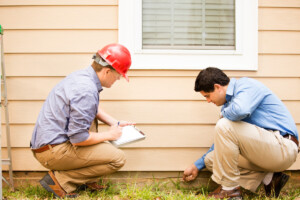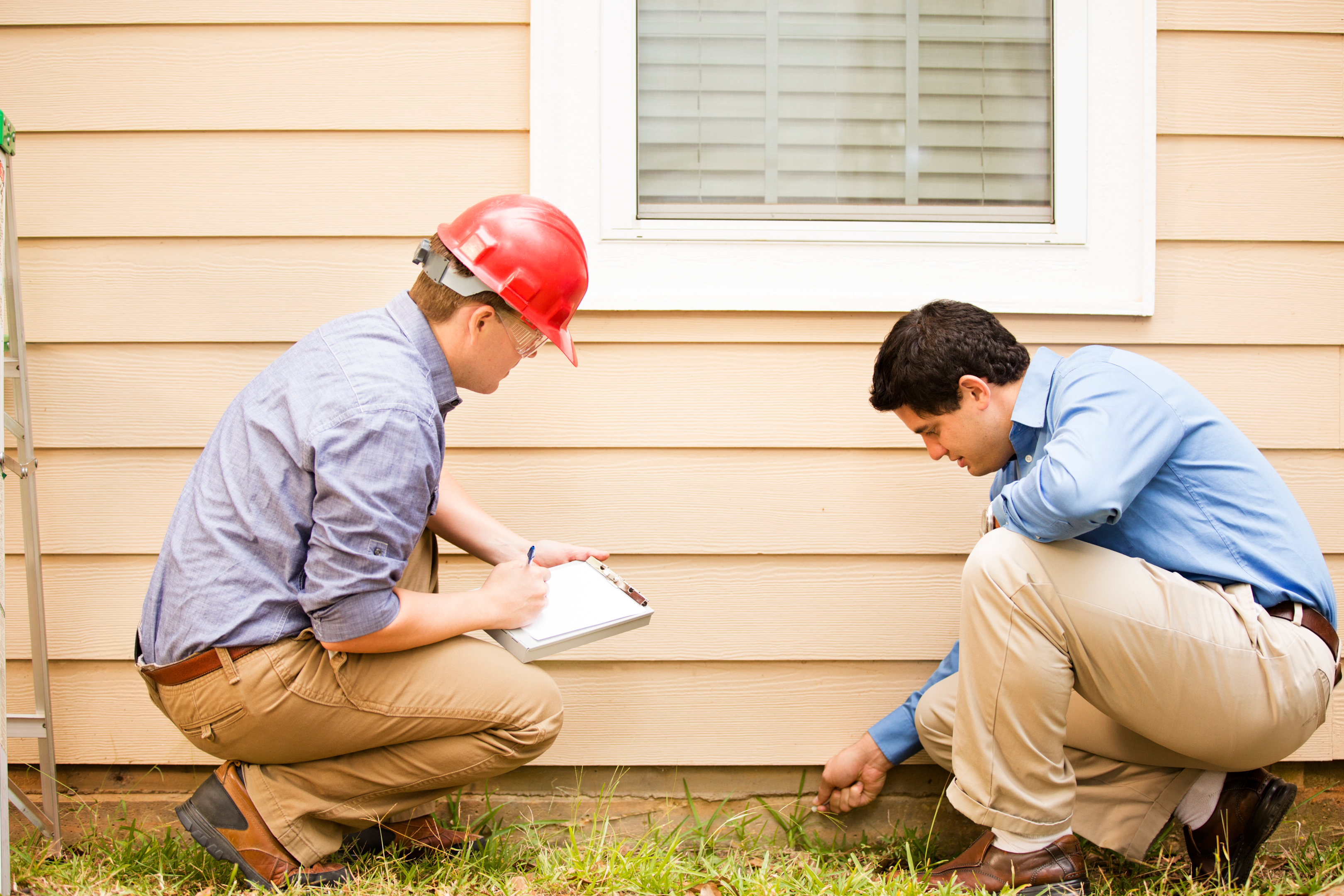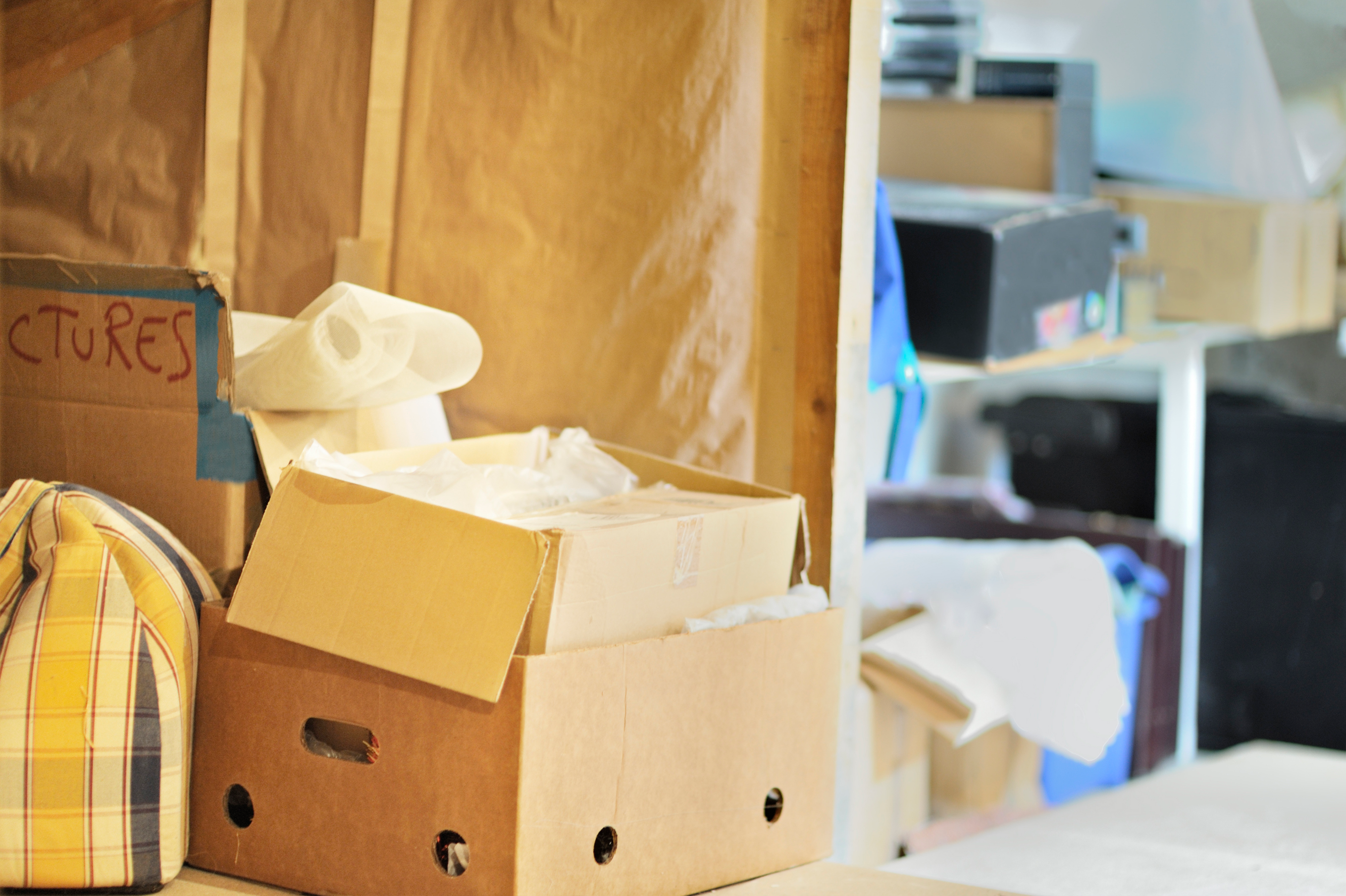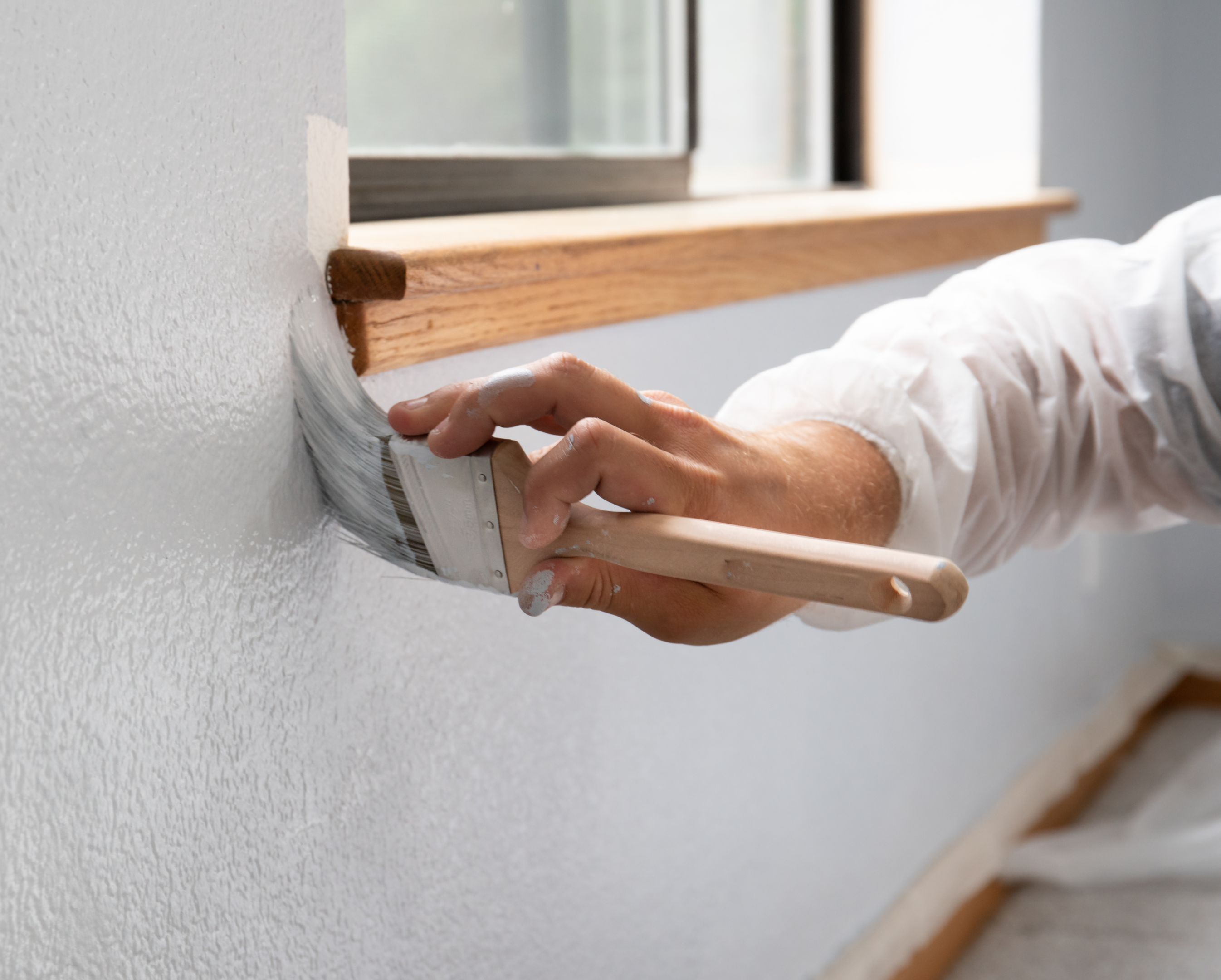Maximizing Your Home Sale: Essential Tips and Home Inspection Checklist for Sellers

Buying or selling a home can be a stressful and complicated process. One of the most important steps in this process is the home inspection. A home inspection is a comprehensive evaluation of the home’s condition, including its structural integrity, electrical, plumbing, and HVAC systems, among others. However, before a buyer schedules an inspection, sellers can choose to have a pre-inspection done. A pre-inspection is a valuable tool that can help identify any issues with the home before putting it on the market. In this article, we’ll discuss a home inspector checklist and inspection tips for sellers to help prepare for a home inspection.

Why get a pre-inspection?
A pre-inspection can benefit the seller in several ways.
- Identify Issues: A pre-inspection can identify any issues with the home before putting it on the market. Addressing these issues before a buyer’s inspection can help prevent surprises that could lower the sale price or even derail the sale altogether.
- Reduce Liability: By disclosing any issues upfront, the seller can reduce their liability and avoid potential legal issues down the road.
- Increase Buyer Confidence: Providing a pre-inspection report can increase buyer confidence and demonstrate transparency, potentially leading to a faster sale.
What do home inspectors look for?
Home inspectors typically check the following areas:
- Structural features: The inspector will check the foundation, walls, floors, and roof for any signs of damage or wear and tear.
- Electrical: The inspector will check the electrical panel, wiring, outlets, and light fixtures for any safety hazards or outdated systems.
- Plumbing: The inspector will check for leaks, water pressure, and the condition of pipes and fixtures. They will also inspect the water heater and sump pump.
- HVAC: The inspector will inspect the HVAC system, including the furnace, air conditioning, and ductwork. They will also check for proper ventilation.
- Appliances: The inspector will test all appliances, including the stove, refrigerator, dishwasher, and garbage disposal.

Home inspections can vary based on location, as different regions may have unique building codes, climate conditions, and potential hazards. For example, in coastal areas like Virginia Beach, inspectors may pay closer attention to issues like flooding or damage from hurricanes or saltwater corrosion on their home inspection report. In Dallas, TX, inspectors may focus more on HVAC systems and electrical issues due to the hot climate. In Rochester, NY, inspectors may look for signs of damage from heavy snow and ice or issues with heating systems.
Ultimately, the specific items inspected may vary depending on the region and the individual inspector’s expertise and approach. An inspector’s job is to do their best to examine your home for any signs of defect.

Preparing your home for inspection: A DIY home inspector checklist for sellers
Preparing for a home inspection can seem daunting, but with the right checklist and preparation, you can ensure that your home is in top condition for the inspector. Here are some essential items to include in your home inspection checklist for sellers:
1. Clean and declutter all areas
- Clean and declutter all rooms, including closets and storage areas.
- Clean your furnace filter, stove, and oven.
- Clean any mess in all rooms.
2. Clear the inspector’s access points
- Ensure that all access points are easily accessible, including the attic, crawl space, electrical panel, and basement.
- Clear at least six inches of space around the perimeter of your home’s exterior, including cutting back shrubs and other overgrowth from vegetation.
3. Test the functionality of all the things your inspector will check
- Test locks and seals on all entry points of the house, like windows and doors.
- Ensure all water sources are functional, for example, faucets and toilets.
- Make sure ceiling and bathroom fans operate.
- Make sure your light switches work.
- Test the garage doors by opening and closing them manually and with the remote, then check the reverse safety setting.
- Inspect the weather stripping on doors to confirm it’s intact and functioning.
- Check that downspouts are properly diverting water away from the home.
- Confirm that heating ducts are connected in the crawl space.
- Check that fan ducts are venting correctly out of the attic.
4. Check all utilities
- Check for any leaks in plumbing, including sinks and your water heater.
- Ensure that your water heater is performing adequately, with hot water temperatures between 118-125 degrees Fahrenheit.
- Make sure all visible electrical wiring is in good condition and that the fuse box is also in working order.
- Check that air filters in your AC are clean, and visible ductwork is in good condition.
5. Make safety and security arrangements
- Test your smoke detectors and carbon monoxide detectors.
- Have a fire extinguisher available and cap gas lines or chimney entry points.
- Exterminate bugs or rodents.
6. Make Repairs if needed
- Replace light bulbs.
- Re-caulk around bathtubs and sinks.
- Replace cracked or broken tile.
- Repair any water damage in bathrooms and remove any drain clogs.
- Update any dingy grout and replace torn screens and cracked windows.
- Replace any missing roofing and damaged insulation in the attic and crawl space.
- Sweep debris off the roof (or pressure wash if needed) and trim trees that are near or hanging over the roof line.
- Clean out gutters and clear debris from around the A/C compressor, downspout drainage, and foundation vents.
7. Prepare certain items for your inspector
- Plan to leave your home an hour early and take pets with you.
- Leave remotes for garage doors, ceiling fans, lights, etc., and keys for gates, outbuildings, and electrical boxes.
- Make sure all utilities are on.
- Take laundry out of the washer and dryer and remove dishes from the sink and dishwasher.
- Leave a sketch identifying the location of a well or septic tank and paperwork for any maintenance, repairs, or insurance claims.

Always disclose known issues
It’s essential to be transparent about any known issues that may arise during your pre-inspection. If you come across a problem that can’t be easily fixed, it’s crucial to notify a potential buyer. Failing to disclose known flaws can leave buyers feeling like you’re being dishonest or trying to hide something. While it’s always preferable to correct problems before an inspection, it’s not always possible or financially feasible.
In such cases, offering a credit at closing can be a viable alternative. This allows buyers to make the necessary updates themselves without placing an additional burden on the seller. By being upfront about known issues, you can help build trust with potential buyers and avoid any conflicts down the line.
Pre-inspection alternative
If you’re selling your home, a pre-inspection is a great way to identify and remedy any issues before the buyer’s inspector arrives, or they may waive one altogether since you’ve already had one done. However, there are other options that sellers can consider besides a pre-inspection. One alternative is to conduct your own inspection using a checklist similar to the one provided. This will allow you to identify and address any issues beforehand, giving you more control over the process.
Ultimately, it’s up to the seller to decide which option is best for their situation. However, by being proactive and addressing any issues ahead of time, you can increase your chances of a successful sale and potentially save yourself from unexpected repairs or negotiations down the line.
What to do after your inspection
Have you checked off everything on your seller home inspection checklist? After assessing your own home, you may find some issues that need to be addressed before listing. It’s crucial to focus on areas related to code violations, safety issues, or structural problems. Addressing these issues before a professional inspection can help prevent any potential sale delays or issues.
However, if you come across significant issues such as foundation problems or wood rot from termites, selling your home “as-is” may be a better option. By working with an off-market buyer, you can receive a competitive offer that takes into account renovation costs, allowing you to sell your home without making extensive repairs. This can be a practical solution for sellers who want to avoid the time and expense of fixing significant issues before listing.
The post Maximizing Your Home Sale: Essential Tips and Home Inspection Checklist for Sellers appeared first on Redfin | Real Estate Tips for Home Buying, Selling & More.




